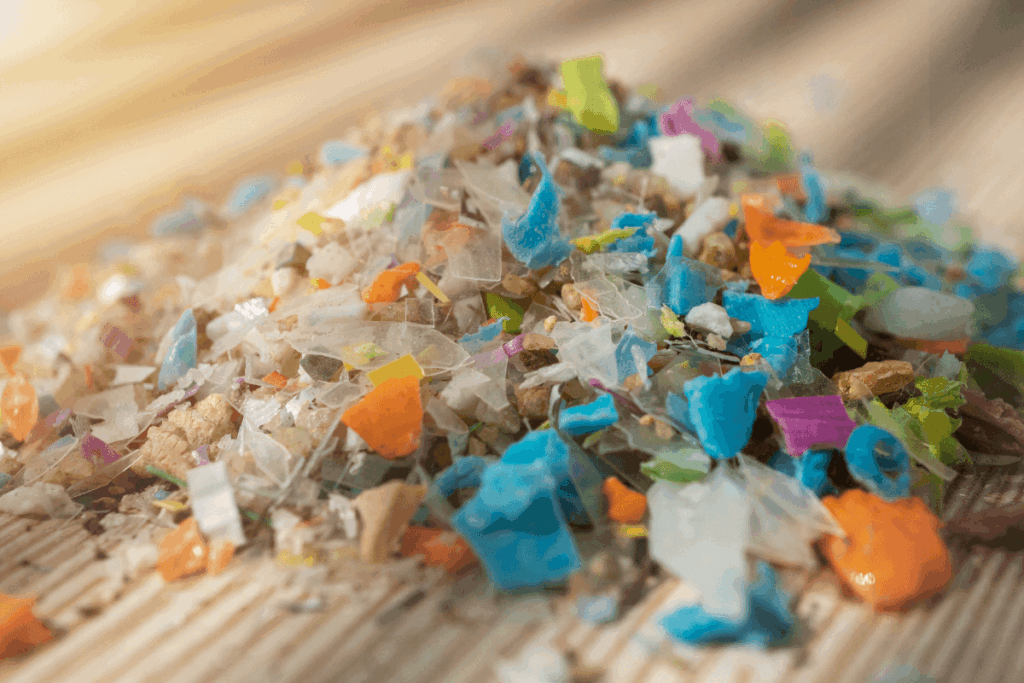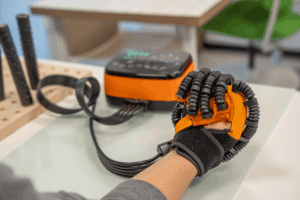
Microplastics have become major talking points to the public and environmental health in the U.S. They are portrayed as a new danger that replaces pesticides and chemicals. News headlines like The Wall Street Journal’s “The Big Danger of Microplastics” showed the worry of people. European Food Safety Authority (EFSA) suggests that the fear about microplastics is based on weak or incomplete data instead of solid scientific proof.
Microplastics are tiny particles that range from 0.1 mm to 5000 mm in size. Nanoplastics are smaller in size, ranging from 1 nm to 100 nm. Some are manufactured, and most of them are made from a research breakdown of large plastic teams. A single human hair is 70 mm to 100 mm wide. Microplastics are found everywhere in the environment, air, and food; they are a major concern for the public and scientists.
Scientist studies how much substance people are exposed to and how it affects the body before it is considered a health risk. Social media skips that process, and it claims about the dangers of microplastics online. There is not enough reliable evidence. This has caused widespread panic before researchers can confirm the risks as real.
The EFSA reviews 122 studies that investigated how many microplastics are released from everyday products like food containers, plastic bottles, cups, packaging, and teabags. They found that most of these studies produced inaccurate or exaggerated results because of poor testing methods and contamination in the labs. As per EFSA, the accurate amount of microplastics released is much lower than the reports claim. There is not enough reliable information to determine how much microplastics people are exposed to from food packaging.
Scientists have determined health risks after investigating exposure levels, human absorption, and biological effects in human or animal models. The increase in social media has changed this process by alarming claims about microplastics spreading rapidly without any credible supporting data. This has led to widespread panic before researchers can confirm it as a risk.
EFSA found two main problems. Many studies have used faulty analytical testing methods that cannot distinguish microplastics from other materials like pigments or additives. Contamination from air, equipment, or chemicals in the lab caused inaccurate results. Some earlier studies have claimed that a single plastic teabag releases billions of microplastic particles, but those numbers were found to be exaggerated by a thousand times. EFSA noted that microplastics in solid plastic material, like bottles or cups, do not easily move in food or water unless it is exposed to extreme wear or stress. It does not happen in regular usage.
Research on the health impacts of microplastics is limited, and it is mainly based on animal studies. Some experiments in animals show possible effects on reproduction at very high exposure levels, but there is no direct evidence in humans. Studies on breathing problems show that microplastics can cause lung inflammation in animals, but human data are not available. There is no real evidence that microplastics can cause cancer. A study suggested a possible link between microplastics in arterial plaque and increased heart disease risk. Its clinical relevance is not certain. Digestive effects observed in animals indicate potential gut bacteria changes, but results are preliminary and do not confirm the human health risks.
While plastic pollution is certainly a severe environmental concern, the research linking microplastics to direct human health risks is limited and inconsistent. The oceans are contaminated with about 75 to 100 million tons of plastic. Current research does not show clear or consistent proof that microplastics can directly harm human health. Scientists need detailed and standardized studies to understand real exposure levels and effects before declaring it a health crisis. The growing fear about microplastics is fueled more by public and social media than by proven science.
Reference: Goldhaber S. Plastophobia Sweeps the US. American Council on Science and Health (ACSH). November 10, 2025. Plastophobia Sweeps the US














